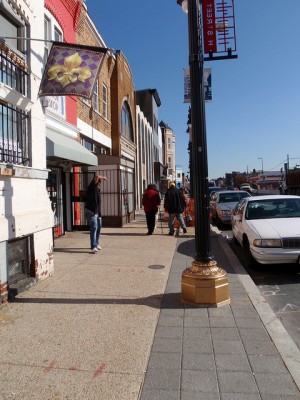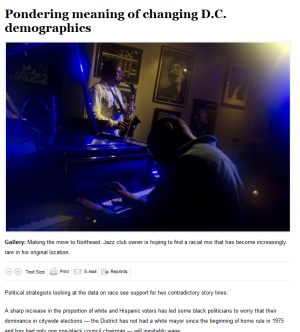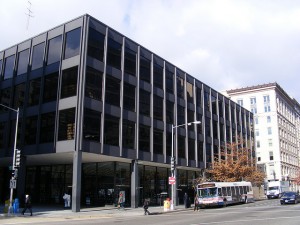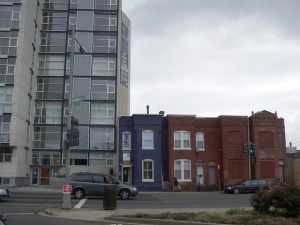Forbes just came out with its list of top 10 richest counties, and guess what: four of them are in the D.C.-area.
And what isn’t on that list? D.C., of course. The richest jurisdiction is Falls Church, which boasts a median household income of $113,313. According to 2008 U.S. Census Bureau statistics, D.C.’s median household income was $58,553 — which not only falls extremely short of all top 10 counties on the list, but barely exceeds the 2008 national average of $52,029.
From the story:
In recent decades northern Virginia has become an economic dynamo, driven by a private sector that feasts on government contracting. These counties are also home to corporate lobbyists, lawyers and consultants who work in or around the nation’s capital, soaking up federal government spending. And government-related hiring manages to keep the unemployment rate in places like Falls Church City down to 5.7%.
That so many District-based jobs are held by non-District residents has long been a point of contention for D.C. leaders and community organizers, particularly since unemployment ranges from 10 to 15 percent in parts of the city.













